El Autodromo Nazionale di Monza es conocido como el templo de la velocidad. Un circuito de altas velocidades y chicanes muy cerradas. Es uno de los clásicos de la Fórmula 1, en donde en el pasado se corrió a través de otras trazadas, incluso mucho más peligrosas que la actual, las cuales incluían peraltes muy pronunciados y curvas aún más rápidas. También es un circuito de ganadores sorpresa, tal como lo hemos visto en distintas ocasiones.
The Autodromo Nazionale di Monza is known as the temple of speed. A circuit of high speeds and very tight chicanes. It is one of the classics of Formula 1, where in the past it was raced through other tracks, even much more dangerous than the current one, which included steep banking and even faster corners. It is also a circuit of surprise winners, as we have seen on several occasions.
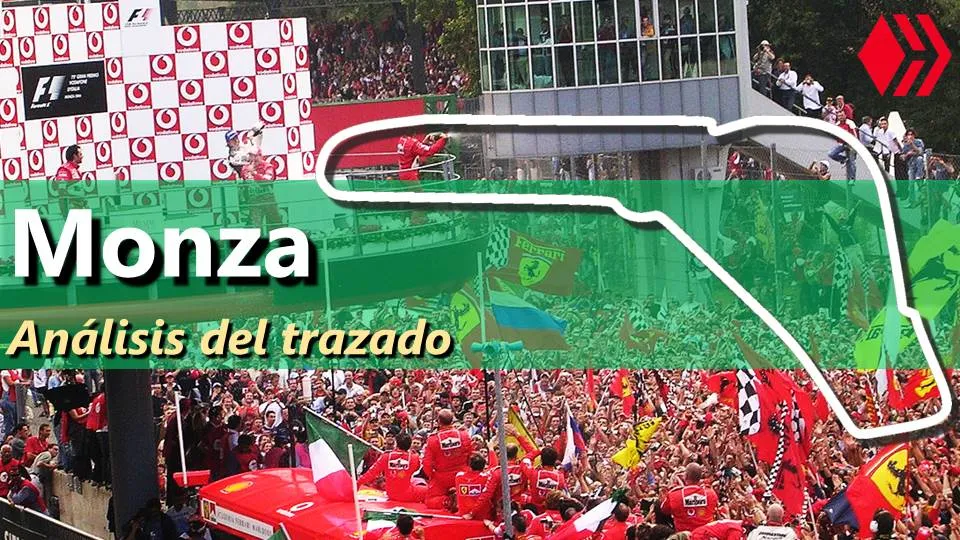
En esta publicación analizaremos al circuito italiano de Monza, ubicado cerca de Milán. Este circuito, como se ve en la imagen satelital, posee una especie de óvalo interno, el cual se utilizaba antiguamente en carreras, pero debido a su alto peligro para los pilotos, se dejó de usar. Sería interesante que algunas modificaciones de seguridad se implementaran para que algunos coches compitan allí, sin embargo, el peralte es tan pronunciado que lo veo difícil.
In this publication we will analyze the Italian circuit of Monza, located near Milan. This circuit, as seen in the satellite image, has a kind of internal oval, which was formerly used in races, but due to its high danger for drivers, it was discontinued. It would be interesting if some safety modifications were implemented for some cars to compete there, however, the banking is so steep that I see it difficult.

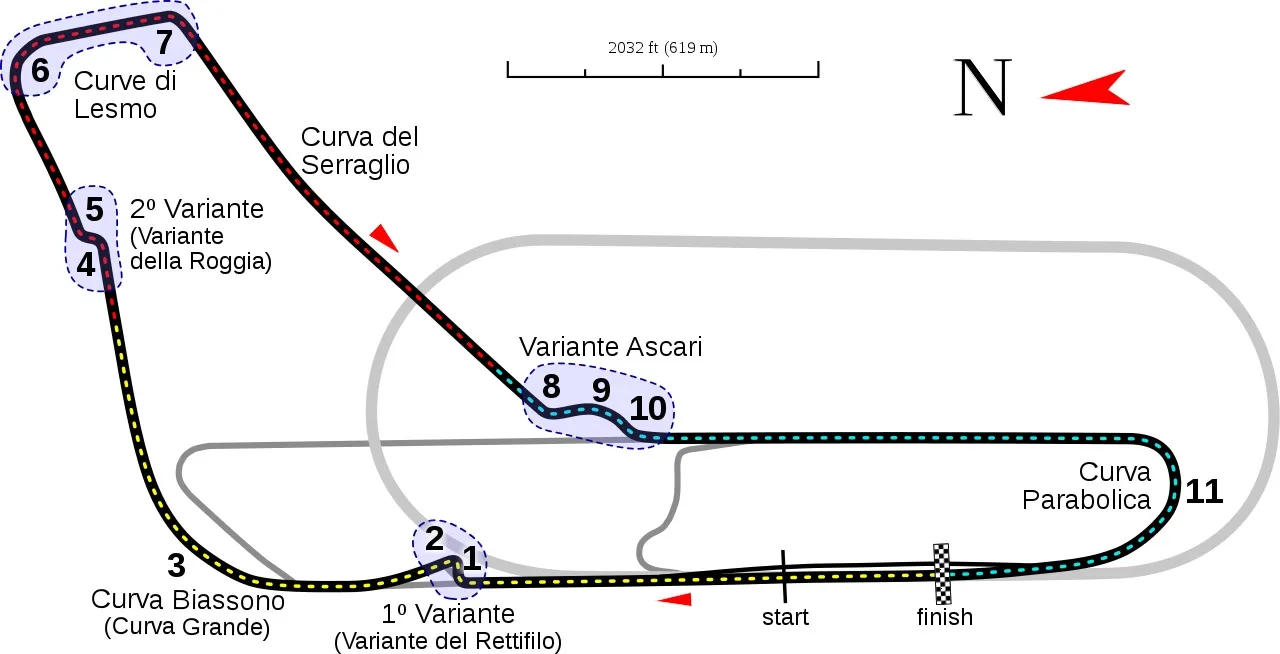
En las siguientes imágenes vemos algunas variantes antiguas del trazado de Monza. En las primeras, se utilizaba el trazado en forma de 8, con muchas curvas redondeadas y de gran radio. Luego, algunas trazadas alternativas se fueron probando, como la que se ve del año 1935. Ya para 1974, el trazado moderno empezaba a aparecer, así como la variante de Ascari. La primera curva, era una chicane al contrario de la actual. En 1995 se introdujo una especie de doble chicane como primera curva, algo muy extraño, sobre todo en un circuito tan rápido. Pero ya para 1999, el trazado moderno quedaría ya implementado.
In the following images we can see some old variants of the Monza layout. In the first ones, the 8-shape layout was used, with many rounded and large radius curves. Later, some alternative layouts were tested, such as the one shown here from 1935. By 1974, the modern layout was beginning to appear, as well as the Ascari variant. The first corner was a chicane as opposed to the current one. In 1995 a kind of double chicane was introduced as the first corner, something very strange, especially on such a fast circuit. But by 1999, the modern layout was already implemented.
1974

1995-1999
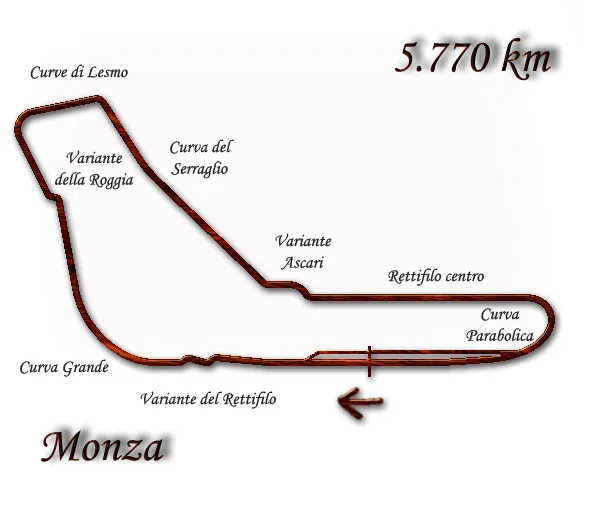
Monza posee largas rectas que le dan a los autos la oportunidad de desarrollar las velocidades que el motor más puede brindar. Es por eso que históricamente este circuito ha beneficiado a los motores más potentes, lo vimos el pasado Gran Premio, donde McLaren y Mercedes tenían un buen ritmo. También es un circuito donde el rebufo o succión con el auto de adelante es vital para poder adelantar. Pero también es una maldición de los autos modernos, ya que el aire "sucio" o turbulento desestabiliza al auto de atrás, impidiéndoles realizar las maniobras de adelantamiento de forma más cómoda para el auto y el piloto.
Monza has long straights that give the cars the opportunity to develop the speeds that the engine can deliver the most. That is why historically this circuit has benefited the most powerful engines, we saw it last Grand Prix, where McLaren and Mercedes had a good pace. It is also a circuit where the drag or suction with the car in front is vital to be able to overtake. But it is also a curse of modern cars, as the "dirty" or turbulent air destabilizes the car behind, preventing them from performing overtaking maneuvers more comfortably for the car and driver.
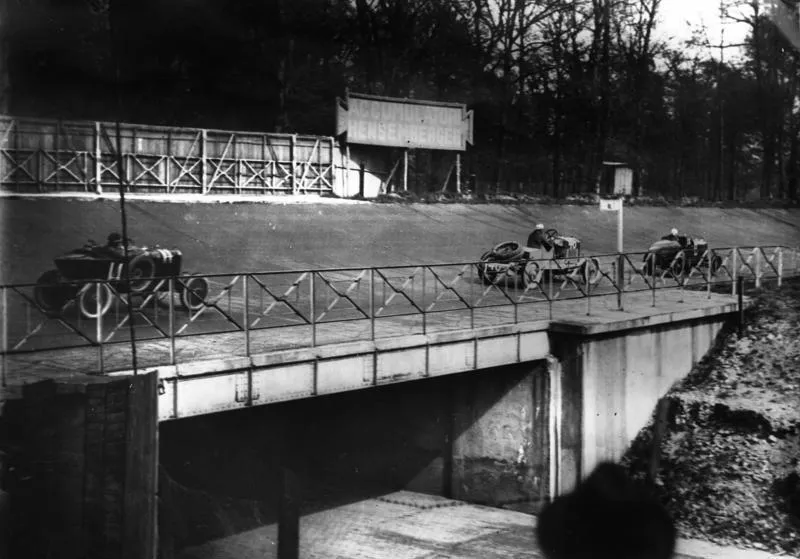

El Gran Premio de Italia de 2021 estuvo marcado por la muy alta dificultad para adelantar, algo que no debería ser común en un circuito tan rápido. Si algo es cierto, es que se espera que para 2022 los nuevos autos, más "limpios" aerodinámicamente, puedan brindar mayor espectáculo en circuitos como este. Las razones por las que se ha vuelto difícil adelantar en Monza son, primero, lo ya mencionado acerca del aire "sucio" que desplegan los autos actuales. Segundo, lo estrecho de la pista. Y tercero, lo cerradas y lentas que son las chicanes del circuito, puntos propicios pero a la vez no tan propicios para el adelantamiento.
The 2021 Italian Grand Prix was marked by the very high difficulty to overtake, something that should not be common in such a fast circuit. If one thing is certain, it is that by 2022 the new, aerodynamically "cleaner" cars are expected to be able to provide greater spectacle on circuits like this one. The reasons why it has become difficult to overtake at Monza are, first, the aforementioned "dirty" air deployed by current cars. Second, the tightness of the track. And third, how tight and slow are the chicanes of the circuit, propitious but at the same time not so propitious for overtaking.

Al ser un circuito clásico, tal como Silverstone o Spa, Monza posee curvas muy rápidas, rectas largas, y una pista muy estrecha. Sin embargo, las chicanes, especialmente la primera, son introducciones más modernas, si bien ya existían de alguna forma en trazados antiguos, por lo que el circuito combina rectas largas con chicanes muy lentas. En sí, es un circuito con un diseño bastante simple, pero a la vez bastante complejo, nada como otros diseños más rebuscados como el del circuito Koreano de Seúl. Bastante complejo porque tiene pocas curvas, pero todas son únicas. La variante de Ascari es una zona que ningún otro circuito ha logrado copiar, una serie de curvas muy rápidas luego de una larga recta.
Being a classic circuit, such as Silverstone or Spa, Monza has very fast corners, long straights, and a very narrow track. However, the chicanes, especially the first one, are more modern introductions, although they already existed in some form on older tracks, so the circuit combines long straights with very slow chicanes. In itself, it is a circuit with a fairly simple design, but at the same time quite complex, nothing like other more elaborate designs such as the Korean circuit in Seoul. Quite complex because it has few curves, but all of them are unique. The Ascari variant is an area that no other circuit has managed to copy, a series of very fast corners after a long straight.

Podría parecer incluso que ambas curvas de 90º situadas en la parte inferior del circuito son exactamente iguales (zona de Lesmo), pero no es así. La primera es una curva más fluida que la segunda, en donde suelen darse algunos adelantamientos y luchas. La segunda es un poco más pronunciada y es indispensable frenar lo menos posible para entrar en la siguiente recta, pero sin salirse a la grava. La parabólica es una curva muy especial, del gusto tanto para los pilotos como los fanáticos. Se trata de una curva de gran radio de giro, en donde los autos entran a gran velocidad, y deben tomarla de la manera más prolija posible para tener la mayor velocidad posible en la recta principal.
It might even seem that both 90º turns located at the bottom of the circuit are exactly the same (Lesmo area), but this is not the case. The first is a more flowing corner than the second, where some overtaking and fighting tends to take place. The second one is a bit more pronounced and it is essential to brake as little as possible to enter the next straight, but without going out into the gravel. The parabolic is a very special corner, a favorite for both drivers and fans. It is a curve with a large turning radius, where the cars enter at high speed, and must take it as accurately as possible in order to have the highest possible speed on the main straight.

En total tenemos en este circuito clásico, 3 curvas que se entran a gran velocidad: la curva grande, la variante de Ascari, y la parabólica. Tal como sucede en muchos circuitos clásicos, podemos encontrar curvas rápidas y redondeadas luego de largas rectas. Al contrario por ejemplo de las modificaciones más modernas, como la primera chicane, donde se frena a fondo para entrar a muy baja velocidad en la curva.
In total we have in this classic circuit, 3 curves that are entered at high speed: la Curva Grande, the Ascari variant, and the parabolic. As it happens in many classic circuits, we can find fast and rounded curves after long straights. Contrary, for example, to the more modern modifications, such as the first chicane, where you brake hard to enter the corner at very low speed.
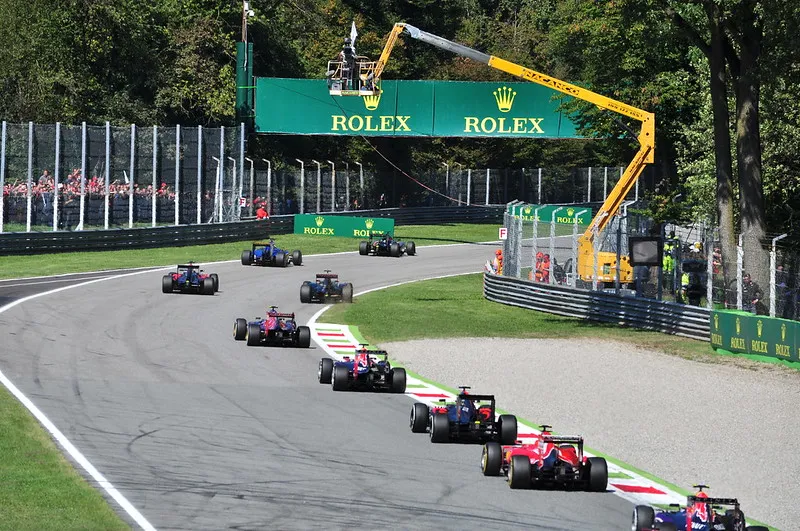
El antiguo circuito constaba de un peralte muy pronunciado, y a la vez muy peligroso, en donde muchos accidentes se produjeron en el pasado. Al mismo tiempo, el antiguo circuito tenía forma de "ocho" en donde una parte del peralte pasaba por encima de otra zona del circuito. Actualmente, el circuito cuenta con 5793 metros de longitud.
The old circuit consisted of a very steep, and at the same time very dangerous banking, where many accidents occurred in the past. At the same time, the old circuit had a "figure eight" shape, where one part of the banking went over another part of the circuit. Currently, the circuit is 5793 meters long.




También te recomiendo visitar mi anterior publicación: Análisis del circuito de Zandvoort (Países Bajos)
I also recommend you to visit my previous post: Analysis of the Zandvoort circuit (Netherlands)

Deja tu comentario o comparte (reblog) esta publicación si te ha parecido interesante.
Leave a comment or share (reblog) this post if you found it interesting.
Translated to English language with the help of DeepL.com
| ¡Gracias por visitar! — Deja tu comentario 🚥🏆  |


